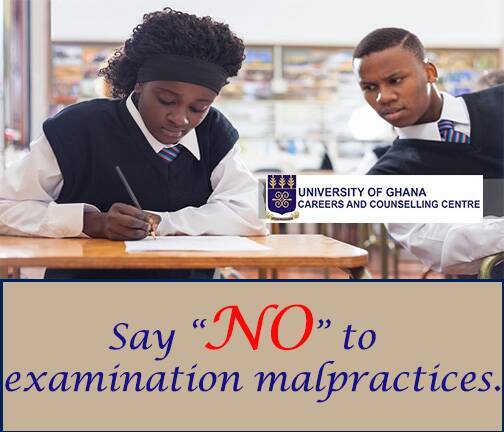Examination malpractice is a serious issue that plagues educational systems worldwide, posing a threat to the integrity of academic institutions and the credibility of educational qualifications. It encompasses a range of unethical behaviors and dishonest practices during exams, including cheating, impersonation, plagiarism, leaking exam questions, and bribery. This article will explore the causes, consequences, and potential solutions to examination malpractice.
Causes of Examination Malpractice
1. Pressure to Succeed: Students often face immense pressure from family, peers, and society to excel academically. This pressure can drive some to resort to unethical means to achieve high grades.
2. Lack of Preparations: Students who have not adequately prepared for exams may turn to cheating as a quick fix to avoid failure.
3. Weak Academic Ethics: A lack of emphasis on academic integrity and ethical behavior in educational institutions can contribute to the normalization of cheating.
4. Inadequate Supervision: Insufficient monitoring during exams can provide opportunities for students to engage in dishonest practices.
5. Easy Access to Technology: The rise of digital devices and the internet has made it easier for students to access unauthorized information and communicate during exams.
6. Corruption and Bribery: In some cases, examiners, invigilators, or other authority figures may be involved in corrupt practices such as leaking questions or accepting bribes.
Consequences of Examination Malpractice
1. Erosion of Academic Integrity: Cheating undermines the credibility of academic institutions and devalues legitimate achievements.
2. Unqualified Graduates: Students who cheat their way through exams may graduate without the necessary skills and knowledge, posing risks to professional fields and society.
3. Demoralization of Honest Students: Those who work hard and play by the rules may feel demoralized when they see others gain unfair advantages through cheating.
4. Loss of Trust: Employers and other stakeholders may lose trust in the education system and the qualifications it confers.
5. Legal and Ethical Consequences: Students caught engaging in examination malpractice may face disciplinary actions, legal penalties, or damage to their academic records and future prospects.
Solutions to Examination Malpractice
1. Promote Academic Integrity: Educational institutions should foster a culture of honesty and integrity by teaching students about the importance of ethical behavior.
2. Enhance Exam Security: Measures such as secure storage and handling of exam materials, as well as effective proctoring, can help prevent cheating.
3. Utilize Technology Wisely: While technology can facilitate cheating, it can also be used to detect and prevent malpractice, such as through plagiarism detection software.
4. Encourage Open Communication: Teachers and administrators should encourage students to speak up if they witness or suspect cheating.
5. Provide Support and Counseling: Offering academic support and counseling services can help students manage stress and prepare adequately for exams.
6. Implement Strict Consequences: Clear policies and penalties for cheating should be enforced consistently to deter students from engaging in dishonest practices.
Examination malpractice is a complex issue that requires a multifaceted approach. By addressing its root causes and promoting a culture of integrity, educational institutions can work towards minimizing this problem and upholding the value of academic qualifications.


